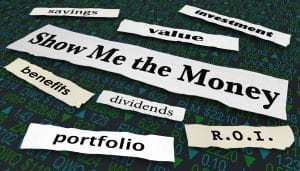
Christopher Kuehl
Managing Director • Armada
A few days ago I might have written about some geopolitical shift or speculated on the rate of inflation but then the banking system blew up and suddenly people are competing to determine how panic stricken they can be. There are pundits proclaiming the arrival of another “black swan” event and others comparing this to the 2008 meltdown. What do we really know now? Recognize that this piece is being written in the midst of all this and the story will doubtless change.
This essentially started at the point the Federal Reserve began to hike rates. It is clear they had no choice if they wanted to have an impact on inflation numbers that reached twenty year highs. But there was no doubt this set of moves would reverberate through the economy. It essentially meant the era of easy money was at an end and that had major implications for the bond market. Banks (and other institutions) had been using bonds as their anchor. Now they were sitting on bonds that would sell at a discount while the would have to buy bonds that would be more expensive and that affected their stability. Silicon Valley Bank was particularly vulnerable but as we have seen they are certainly not alone. We have seen Signature Bank and Republic Bank in deep trouble and the investment community has slammed most of the major banks out of concern over their bond position. SVB was troubled for years as it specializes in high risk lending to tech start-ups. These are companies that have a 98% failure rate and are often shunned by other banks. The tech sector has been getting hit lately and that added to the problem. SVB loaded up on long term bonds when asset prices were high and interest rates were low. Then the Fed started aggressively hiking rates and bond prices plunged. Banks were left with huge losses as there is no requirement for banks to cover these unrecognized losses. The fact is there is $620 billion in unrecognized losses in the system and that is over a third of the total capital cushion of banks. Fortunately the majority of banks are not as close to the edge as SVB and some others.
The government has stepped in quickly to shore up these banks and protect depositors but this carries a risk as well. The moves are designed to protect both the insured and uninsured depositor and that begs the question – why bother with the distinction at all. There are major companies that are just assuming they will be covered and essentially abuse the system. Remember all that cash that was pumped into the system during the pandemic? There was at one time some 7 billion in excess savings and there is still $3.5 billion out there. Much of that became deposits at banks and these banks bought a lot of “safe” long-term bonds and government backed mortgage backed securities. These unrecognized losses are not a big issue until and unless the banks need to handle depositor demands. This could be depositors deciding to bolt from the bank in a bank run or it could simply be people seeking higher returns on their deposits. The big banks can offer more and the smaller banks struggle to maintain the depositor base to cover their bond position.
It cascades fast and that is what prompted the quick series of bailouts. The financial system quickly started to stabilize but long term risk just increased. The banks have basically become “wards of the state” as they will be rescued regardless of their mistakes and miscalculations and that rewards high risk behavior as there are limited consequences. In the immediate future there is very likely to be a shift in the position of the Fed and other central banks. The betting now is that interest rates will come down as early as this summer. There is now reason to think the banks will not hike again or if they do the increase will be limited. Good news for some but it also means less pressure on inflation.
Recent Posts
- How Can the CMI be Used for Performance Insights? January 6, 2025
- Economic Reconnaissance | Economic Growth During the Next Presidency December 3, 2024
- How Credit Managers Can Step into Executive Leadership November 13, 2024
- New California law extends consumer debt protections to small businesses October 15, 2024
- Economic Reconnaissance | Putting the FAB in Fabrinomics!! October 1, 2024
- Economic Reconnaissance | Sifting Through the Noise During “Silly Season” August 1, 2024









